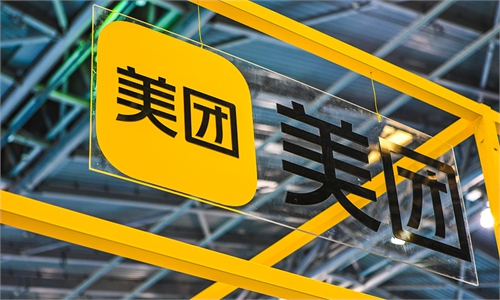Shanghai pushes forward digital yuan program, expands usage to promote financial technology

Residents who received "red packets" of digital yuan use the money in stores in Shenzhen, Guangdong Province. Photo: Li Hao/GT
Shanghai will push forward a digital yuan pilot program, which will cover a number of sectors including offline and online payment and public transport, in order to promote the development of new financial technology, according to the five-year development plan for digital transformation released by the Shanghai government.
The plan is aimed at improving the efficiency of the financial industry, as well as facilitating financial services, which will contribute to the digital transformation of the city's financial sector.
According to the plan, Shanghai government will expand pilot programs for inclusive finance through big data, with more than 200 billion yuan ($31.3 billion) released to inclusive finance loans, in order to provide financial services for small- and medium-sized enterprises and farmers.
Moreover, the government is set to innovate digital financial services, including promoting open bank pilot programs, which will improve the digitalization of asset trading, payment clearing and transaction supervision.
China has already undertaken large-scale open trials for the digital yuan sice October 2020 onwards in cities including Beijing, Shenzhen, South China's Guangdong Province, Suzhou, East China's Jiangsu Province, and Chengdu, capital of Southwest China's Sichuan Province.
In a race to gain greater influence in digital-age global governance, China has been steadily expanding its digital yuan pilot programs.
In the meantime, the National Development and Reform Commission, China's top economic planner, listed cryptocurrency mining as an abandoned industry in order to optimize the country's national industrial structure, as well as achieving carbon peak and carbon neutrality.
Global Times



